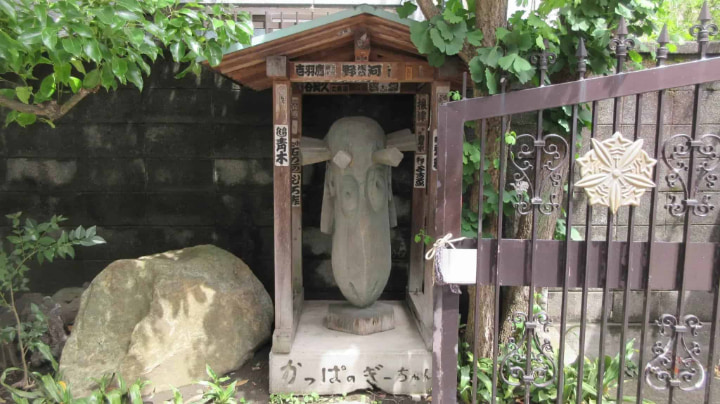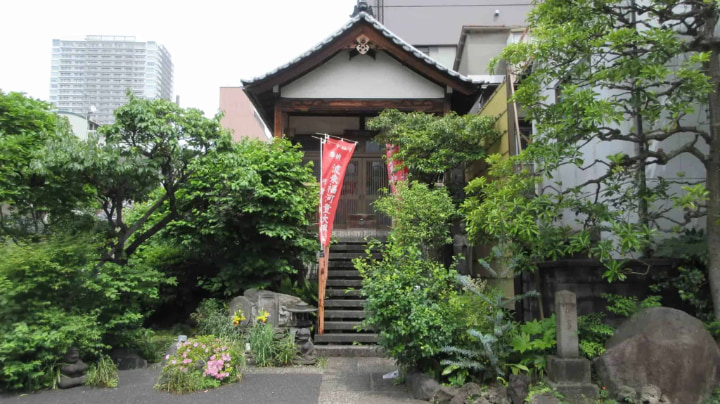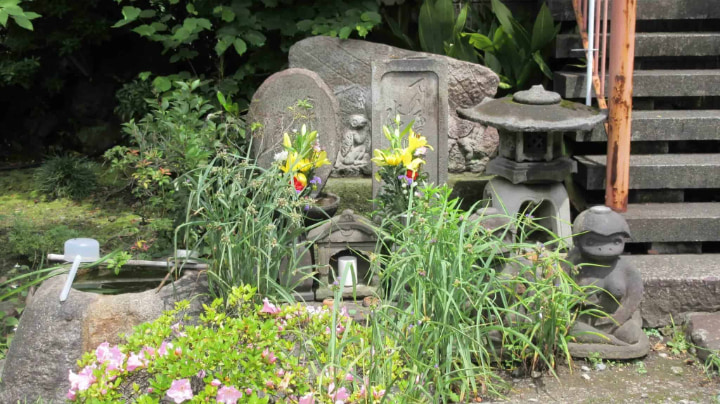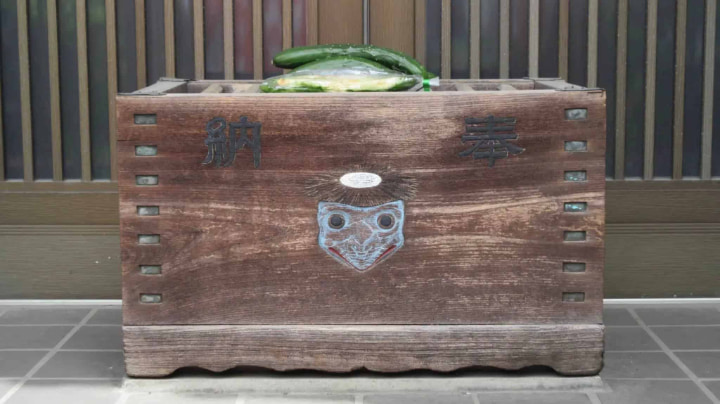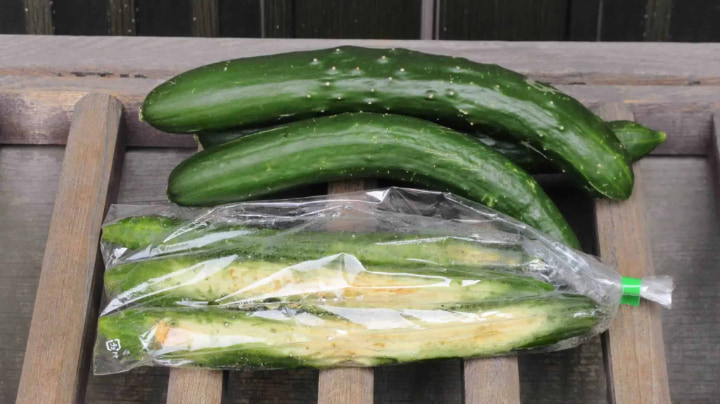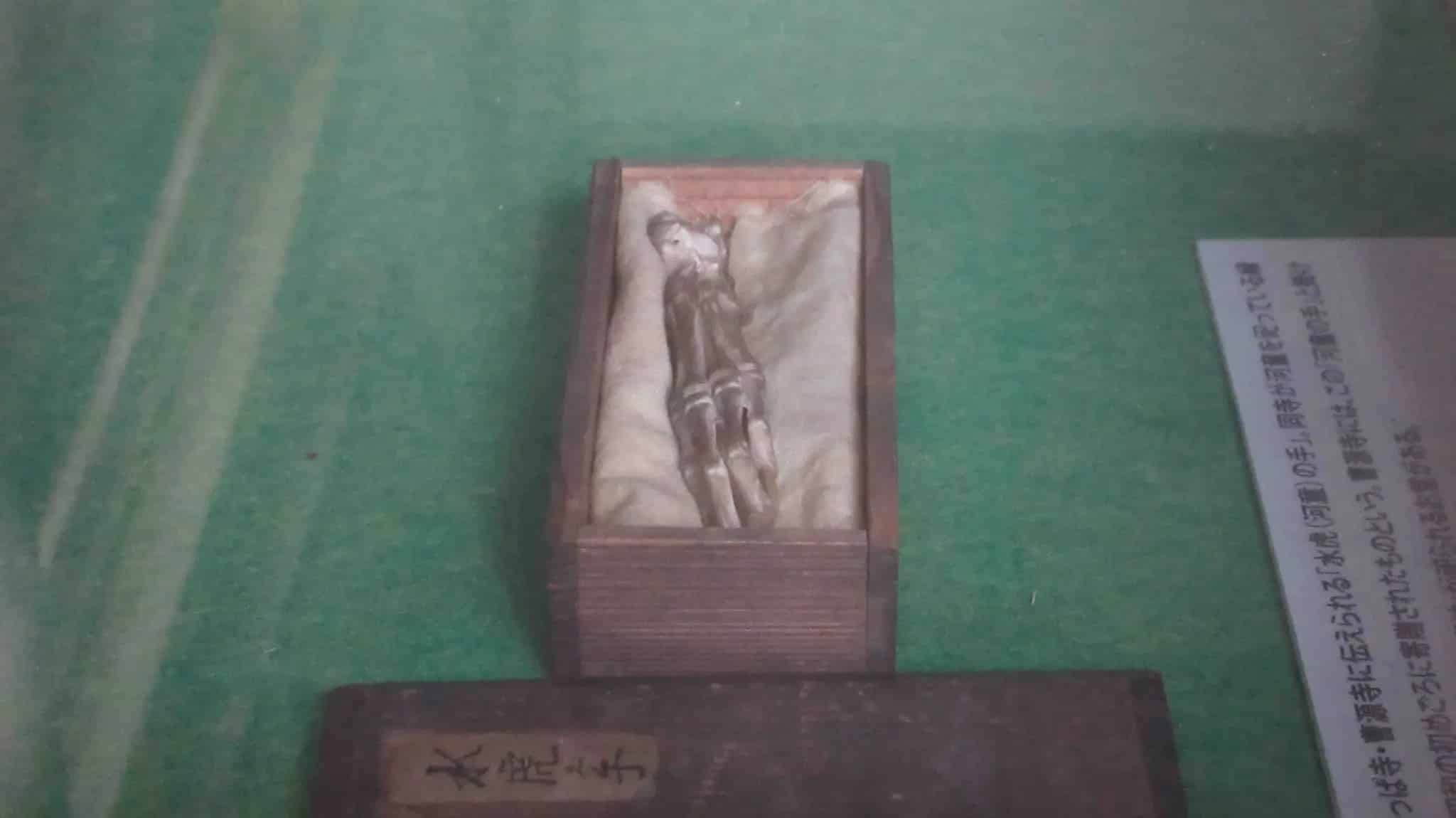Sōgenji Temple (Kappa Temple)
Author: Richard Perkins
Photos/Videos Taken: 2021/05/28
Address: 3-7-2 Matsugaya, Taito-ku,
Tokyo,【111-0036】
Part of the Sōtō sect of Buddhism, 曹源寺 (sōgenji) is a Buddhist temple in the Taitō ward of Tokyo. Built in 1588, it was originally built at the Wadakura gate of Edo Castle. It was then rebuilt where it stands now.
Sōgenji Temple may look like just another ordinary temple, but it’s also known as the "Kappa temple". Kappa refers to a 河童 (kappa), a yōkai of the same name. Yōkai are said to have originated from Japanese folklore and are strange, fantastic creatures (for lack of a better word) with mysterious powers. Back in the Edo period (1603-1868), there was a canal that would often overflow every time it rained heavily. Those who lived nearby would find themselves in a predicament each time the canal would overflow. Because of this, a raincoat salesman named Kappa Kawatarō (also known as Kihachi) spent his own money to mend the canal so it wouldn’t overflow anytime it rained heavily in the future. A Kappa who lived in the Sumida River helped Kappa Kawatarō with the repairs. Because of this, the repairs were completed quickly. Soon after, the rumors of this Kappa began to spread, and is now worshiped at Sōgenji Temple as a 大明神 (daimyōjin), or a Great Deity. This is also the temple where Kappa Kawatarō is said to have been buried. Thus how Sōgenji temple became known as the "Kappa Temple".
Some may not believe this story of a Kappa helping out Kappa Kawatarō with the repairs on the canal, and there are (possibly) many people who don’t believe that Kappa exists. However, there is evidence at Sōgenji Temple that the Kappa existed. In the main building here, the hand of a Kappa is enshrined. Unfortunately, you can’t get inside the main building of Sōgenji Temple without permission, but you can see this Kappa hand through the glass window at this building.
In front of the main temple is a 賽銭箱 (saisenbako), or a box in which monetary offerings (usually ¥5) are given before praying, in which cucumbers have been placed on top. Cucumbers are Kappa’s favorite food, and just like alcohol, especially 御神酒 (omiki—a type of sacred alcohol), and other types of food that may be placed at other Buddhist temples and Shintō shrines in Japan as an offering to the gods, the cucumbers here are placed as an offering to Kappa. Cucumbers may also be placed here to encourage other yōkai to come and visit this particular temple. This is one temple where you can feel the love towards Kappa and a must-visit for those interested in yōkai.
